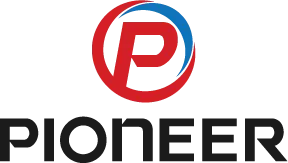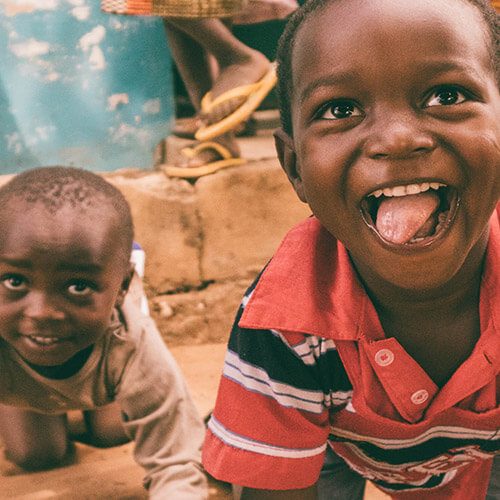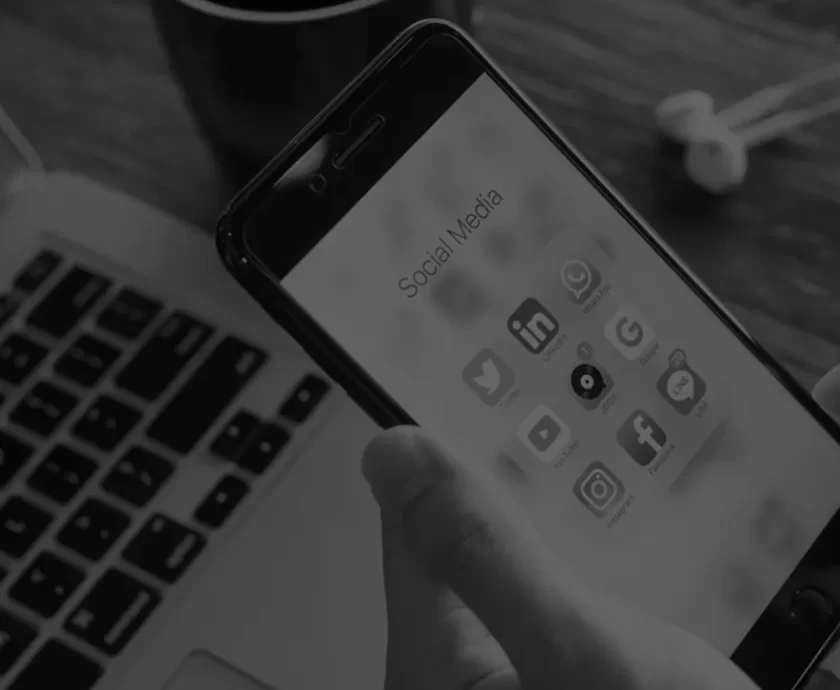C “CREATIVITY & CREATORS ARE BORN ON SOCIAL MEDIA”
Social Media is where people started to build new connections across the world. Now the brands use the platforms to convey their products and services in meaningful ways. Also, convert the Users into their Customers using various social media marketing strategies.
Even Small businesses & offline Businesses make use of these platforms. Also, create an influence on their brand awareness.
“Brands that ignore Social Media, will never taste awareness and reach among people “.
Social Media is the only place where Brands can convey their products or services in creative ways.
Where there is a group of people, there is a competition. Creativity alone can’t help to survive in the race, strategies also play a major role here. Before diving into Strategies, Let’s learn some Basics of Social Media Marketing.
What Is Social Media Marketing (SMM)?
Social Media Marketing (SMM) is the process of generating content to promote brands or products on multiple social media platforms in the form of video, text, pictures, infographics, etc…
SMM helps brands to engage with existing users, reach new users, and give more updates about brands.
By sharing unique & relevant content on social media, brands get more and more awareness, instant reach, and drive website traffic.
Some popular social media platforms such as Facebook, Instagram, Linked In, Twitter, etc
Benefits of Social Media Marketing (SMM)?
There are some benefits about Social Media Marketing that you want to know before starting the business.
The most important three steps to follow when you start a business
- Growing your brand awareness
- Generate Leads
- Drive Traffic to the website
- Gain Higher Conversion Rates
- Boost brand trust among the customers
- Cost-effective
- Raise the better Search Engine ranking
Terms in Social Media Marketing
1. Engagement
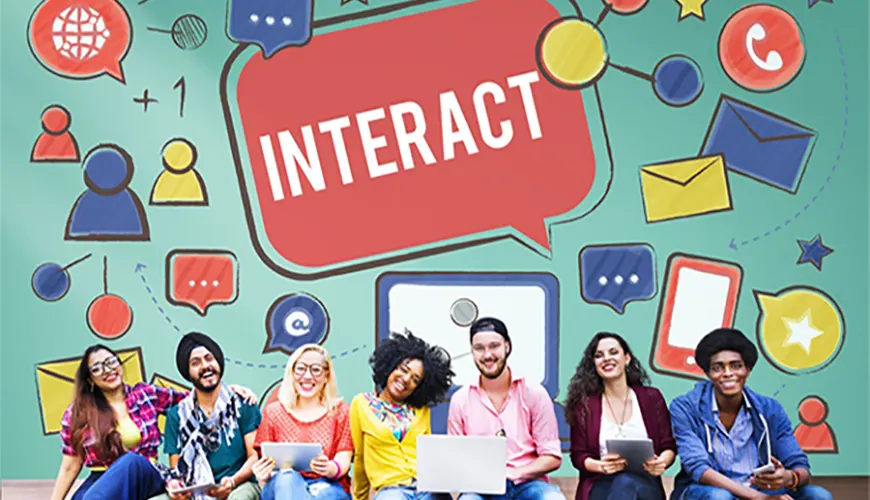
Engagements are simply called a measurement of user interaction to your page or post. Creating an attachment between a customer and a brand. It improves the probability of getting a high brand reach. Social Media algorithms decide whether the post or page can show new users purely based on Engagements. Engagements can vary for every Social Media Platform.
For Example:
Facebook: Likes, Shares, comments, post-click, link click, etc,…
Twitter: Retweets, Likes, Shares
Instagram: Likes, Shares, comments, Save, Click, Tag, Mention
2. Reach Vs Impression
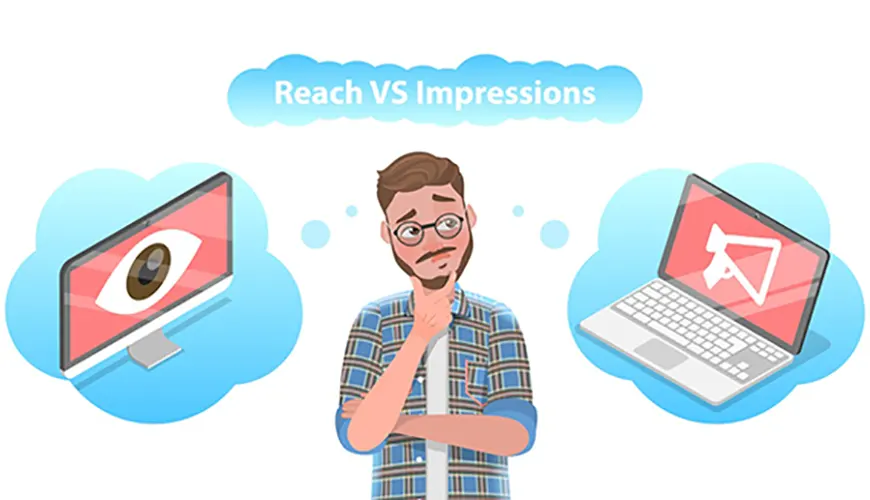
Reach is nothing but the total number of “USERS” seeing your post or advertisement for the very first time. An impression is defined as the number of “TIMES” your post is advertised or displayed to the user.
For example: Let’s run an advertising campaign or publish content on social media. The post or ad displayed to the user for the first time is called “Reach”. The same post displayed to the same user for the second time is called “Impression”
3. Followers
Followers follow brands on social media to get updates from liked pages. If one follows or subscribes to your account they will get an updated feed in their timeline. Getting followers on social media is the main goal for everyone. Followers help the profile to reach more new users. One who follows your account means they are interested in your account. It is also known as higher-level engagement. So you can post creative posts to keep on engaging.
4. Video Views
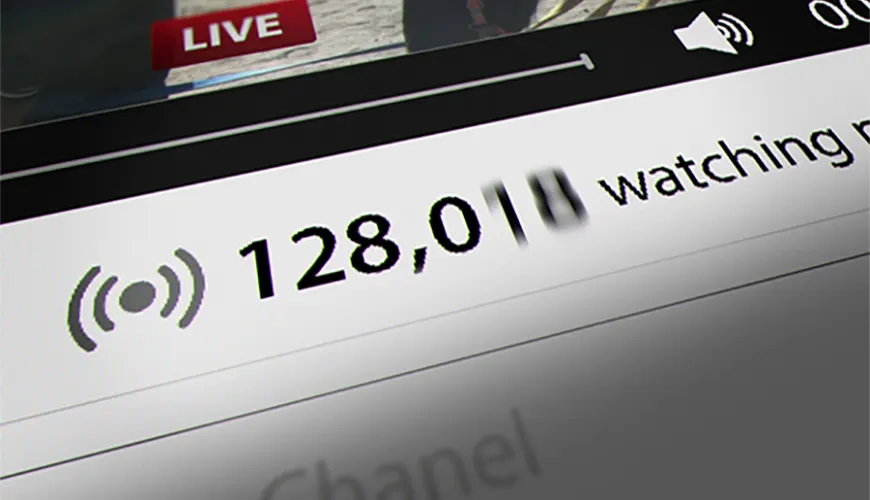
Over 70% use digital marketing today. In video campaigns views are the main goals for the business. Many digital marketers compete against getting customers through their videos. So the Video views are also important. Sharing information tips in the video and uploading it on social media like Twitter, Facebook, and Instagram is the best way to get video views but it is a long-term process because reach takes a lot of time.
5. Profile Visits
The number of users that have visited your Social media profile. There are analytics tools to track the profile visit and reach. For Example: On Instagram below the post there will be an option like Insight to view the profile visit.
6. Tags
Tags that allow social media users to post or comment by using a social profile for their business. If a business entrepreneur tags in any business profile it will notify that account.
7. Reposts
Reposting is the act of sharing another user’s content on social media sites such as Facebook and Twitter. Regramming, repinning, and retweeting are all examples of this type of sharing. Sharing another Instagram user’s Instagram post in your Instagram Stories is also included in this category.
8. Shares
Shares are not only included that your post is popular it also means the total reach of your content…A single user shares a post or content that post will place on the shared user timeline.
9. Hashtags
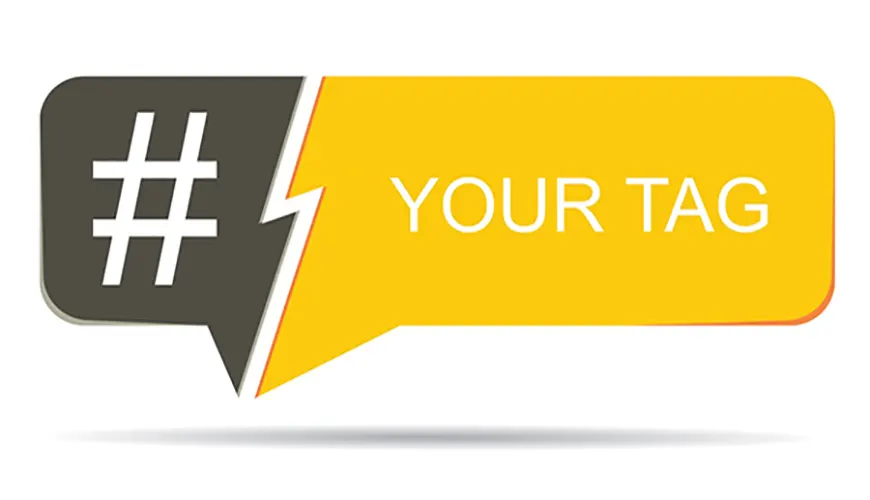
A hashtag refers to a word or a keyword headed by a hash like this #example. You can see this symbol on social media. It can also help to find who may be interested in the same topic with particular hashtags.
Social Media Platforms
1. Facebook Marketing
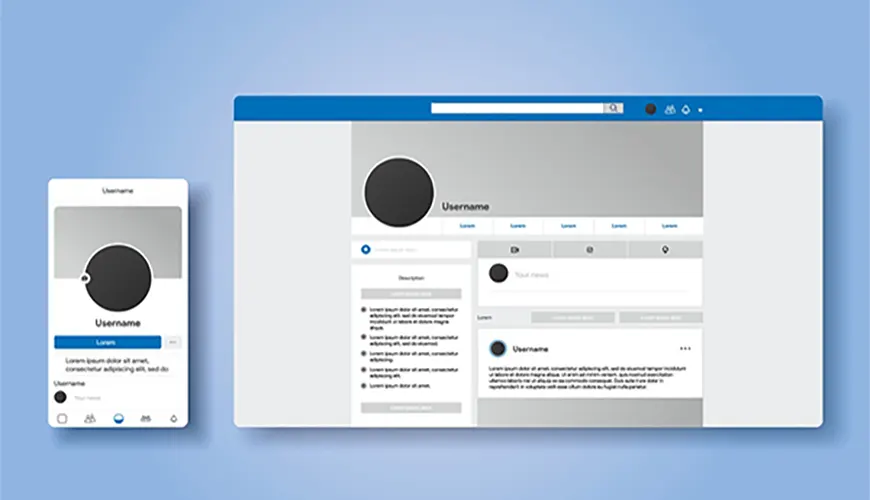
Facebook is the biggest social media platform in the world 2.5 billion people are using FB every month. There are more than 66 million business FB pages and 7 million advertisers are promoting their business on Facebook.
Facebook marketing is to promote a brand and maintain it through social media platforms. Marketing on Facebook includes both organic (free) postings and interactions, as well as “boosted” (paid) posts.
2. Instagram Marketing
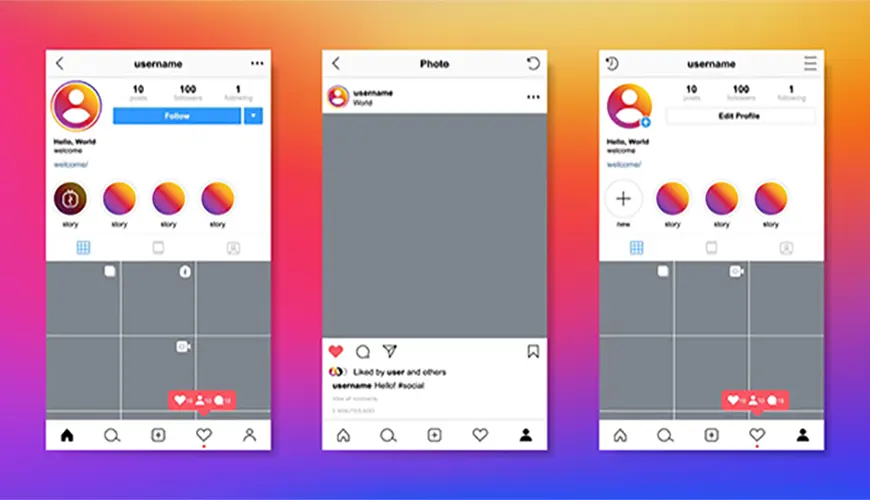
In addition to increasing brand awareness, Instagram can be used to introduce new products and increase sales. The shopping content on Instagram is viewed by 130 million Instagram users each month. In a friendly, authentic manner, Instagram allows you to promote your brand and product to your customers without having to push them to buy anything. The Instagram profile should be turned on as a business profile.
3. Twitter Marketing
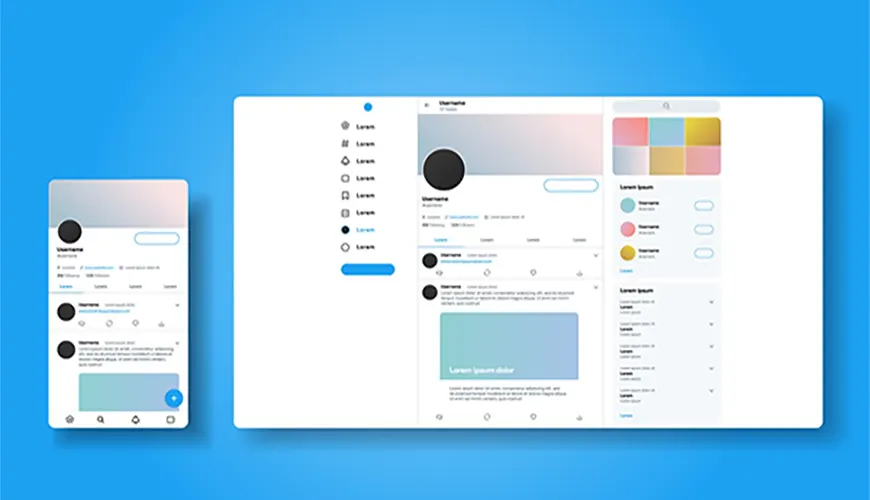
Twitter is the best marketing social media platform for several reasons. It is free to use and allows your brand to promote within seconds.
There are also metrics to track Twitter.
- Engagement
- Hashtags
- Impression
- Top tweets
- Trending
4. LinkedIn Marketing
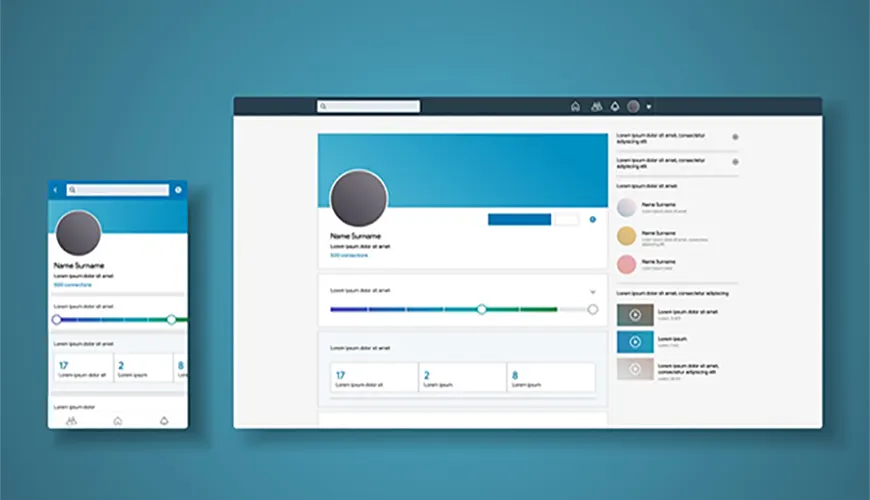
LinkedIn is the most important social media platform for B2B marketers to reach business buyers and connect with other professionals.
Networks allow for relationship building, thought-leadership development, lead generation, and market research. They also allow for the creation of online communities.
5. Youtube Marketing
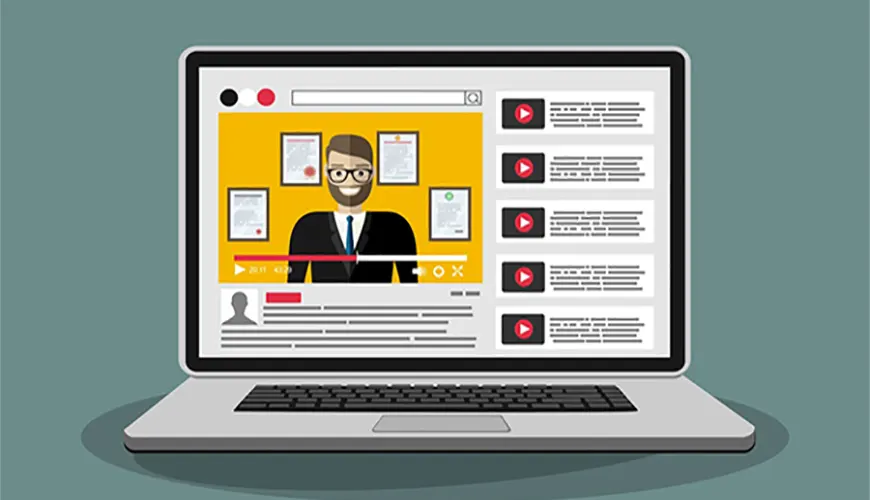
Many users are using Youtube around the world. Some say they own the youtube channel and promote businesses and products on youtube through videos or ads. Gaining subscribers and views is a long-term process but you want to select a proper niche.
LinkedIn is the most important social media platform for B2B marketers to reach business buyers and connect with other professionals.
Networks allow for relationship building, thought-leadership development, lead generation, and market research. They also allow for the creation of online communities.
